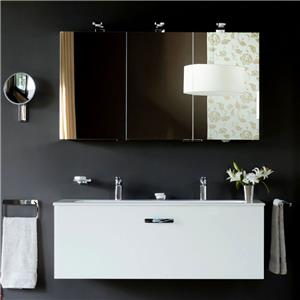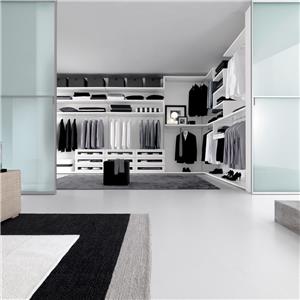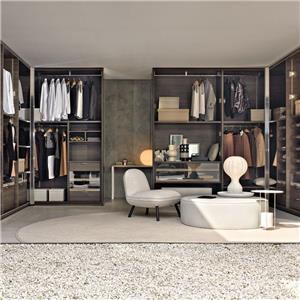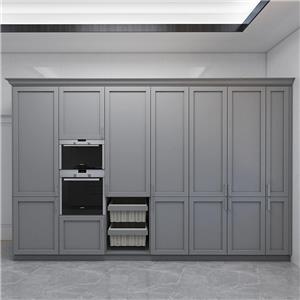Cabinet Invisible Handle Designs for a Modern Kitchen
Cabinet Invisible Handle Designs for a Modern Kitchen
Invisible handle cabinets have gained immense popularity among homeowners and designers, representing the prevailing trend in cabinet design. In fact, choosing aesthetically pleasing and ergonomic furniture that lacks visible handles is a crucial consideration. This article aims to shed light on the subject and help you select the most suitable storage cabinet design for your needs.
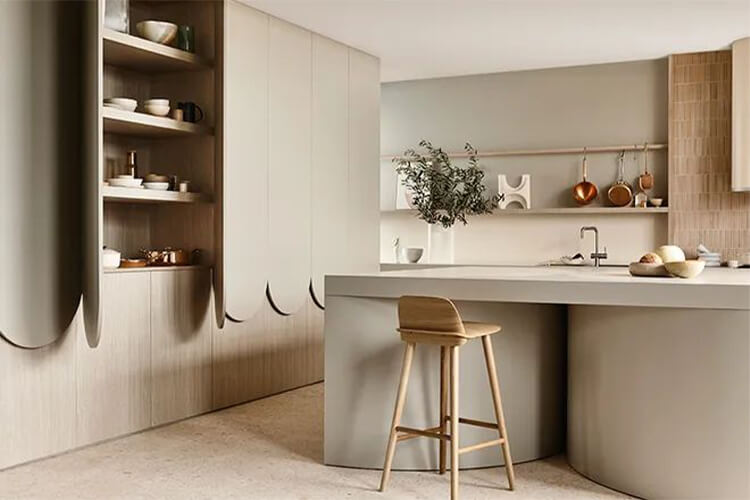
The advantages of invisible handles lie in their ability to give a sense of simplicity and modernity to cabinet designs, making them versatile and compatible with various styles and furniture. Eliminating the cost of traditional handles and the concern of finding matching replacements in the future is another benefit. Additionally, the smooth, hardware-free exterior of these cabinets minimizes the risk of snagging or accidental injuries for elderly family members and children.
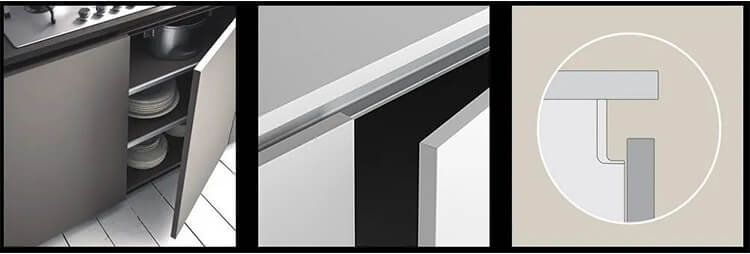
Recessed Handles: If you prefer a minimalist kitchen design style that easily complements different aesthetics, the recessed handle design is a great choice. This is one of the most common and straightforward ways to open doors. It involves leaving enough space between door panels for your fingers to grip, typically with a gap width ranging from approximately 2cm to 2.5cm. If your fingers are wider or you desire enhanced comfort when opening doors, discuss the gap width adjustment with your designer beforehand.
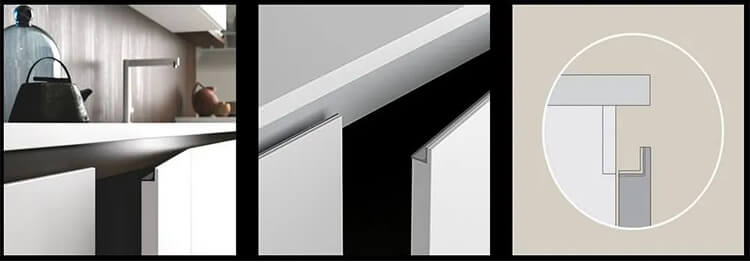
Metal strips are placed along the sides of the kitchen countertop (for base cabinets) and within the reserved finger space between door panels. This handle-less kitchen style not only elevates the kitchen's appearance but also offers practicality.

By angling the reserved finger space between door panels at 30 degrees and installing metal strips along the sides of the kitchen countertop, you can achieve both a clean aesthetic and intricate detailing in your cabinet doors.
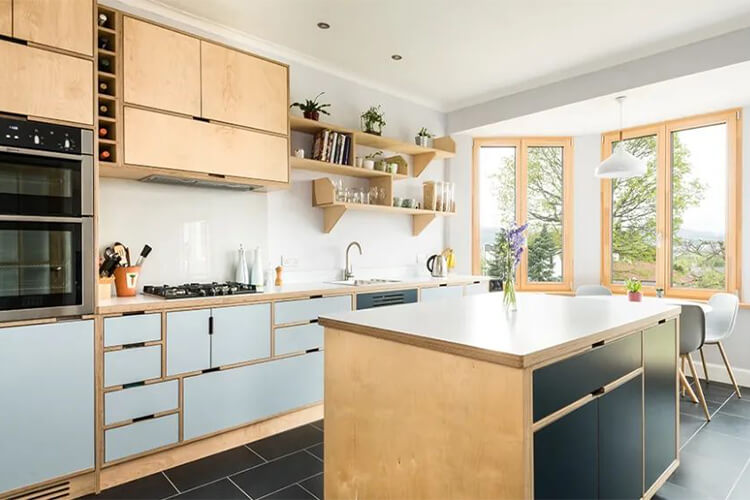
Cutout Handles: Similar to the gap-style handles, cutout handles create a conceptual handle within the gap, emphasizing the kitchen cabinet's design while providing excellent ventilation. If you're torn between having visible handles and a concealed design, cutout handles are an excellent compromise.
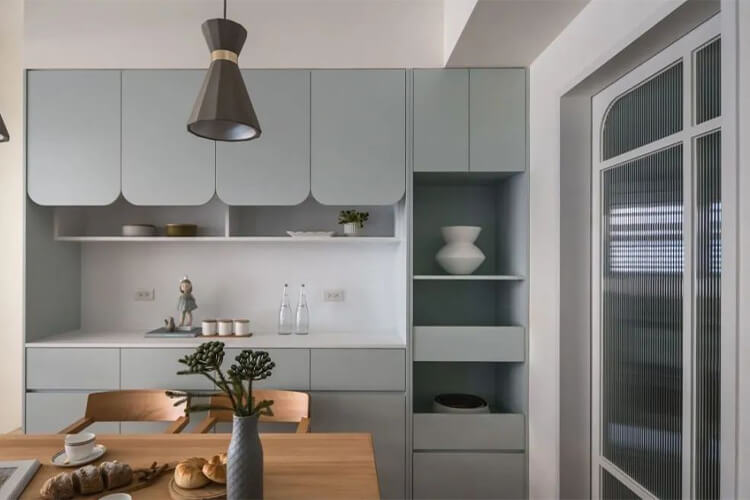
Extended Cabinet Doors: For an even more minimalist approach, you can opt for extended cabinet doors, giving a sleek appearance that seamlessly blends into the wall. To ensure easy door opening, designers typically extend the kitchen cabinet door panels about 1-2 cm beyond the cabinet body. This design is particularly suitable for upper cabinets, ensuring easy access even for shorter individuals.

Push-to-Open Design: The push-to-open door design not only appears seamless with no visible gaps but also integrates seamlessly with the overall aesthetics of the kitchen. In larger storage systems, these kitchen cabinet doors can even be opened using elbows or body pressure. However, it's crucial to choose high-quality hardware springs for this design, as subpar ones may lead to difficulty in opening or unintentional rebounding, making it the least reliable of the five door-opening methods mentioned above.

